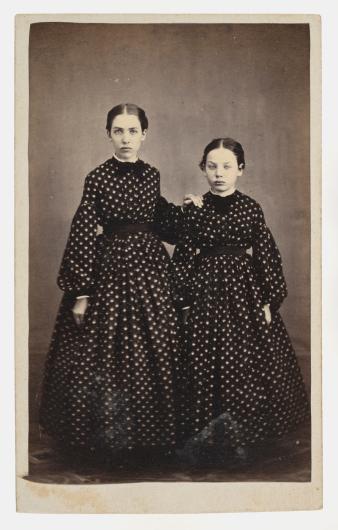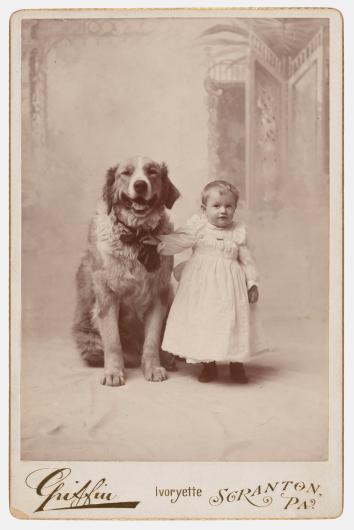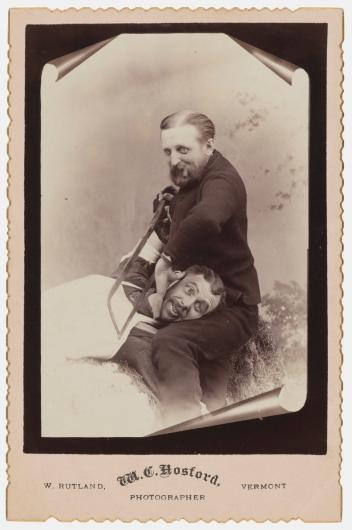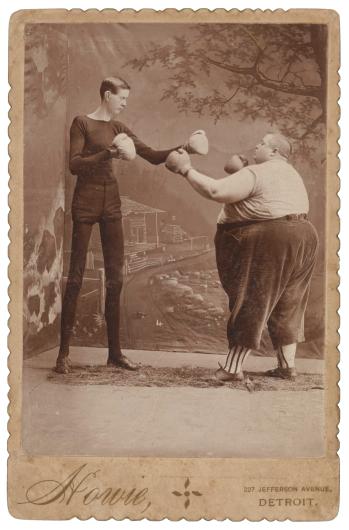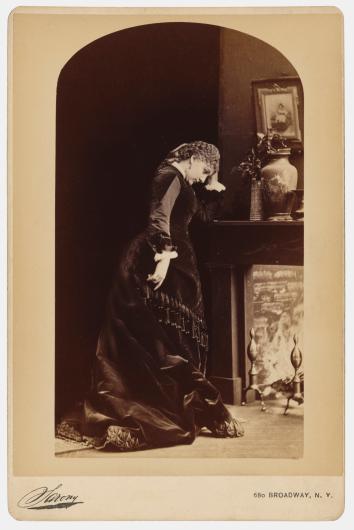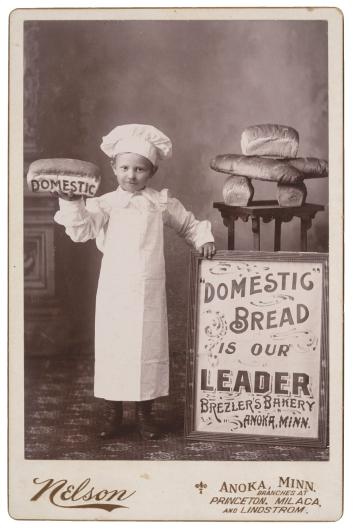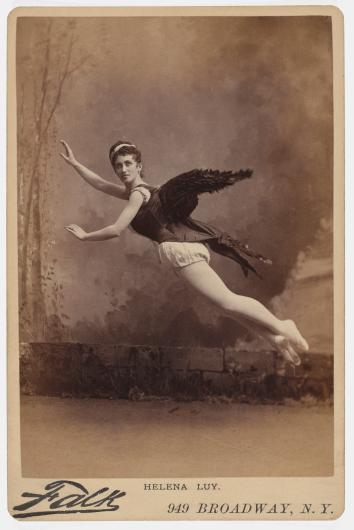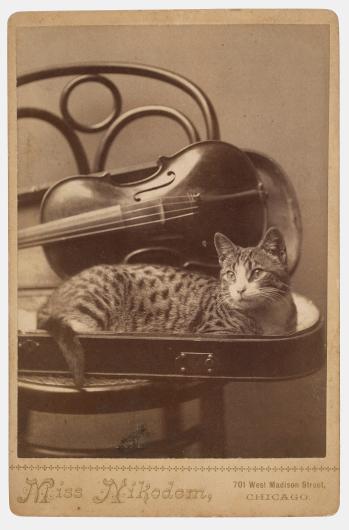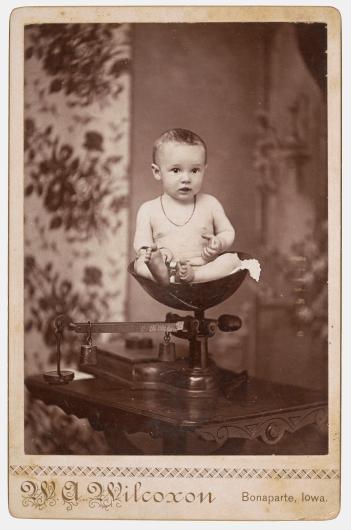
Throughout the nineteenth century, the rapidly developing technology of photography revolutionized popular media and its consumption. Once complicated, clunky, and expensive, by 1900, when Kodak introduced the popular and much more affordable Box Brownie camera, photography had become a part of everyday life, influencing how people saw themselves and the world, literally and figuratively. But just before the invention of the Brownie camera, in the last decades of the nineteenth century, the cabinet card was ubiquitous.
Acting Out: Cabinet Cards and the Making of Modern Photography, was on view at the Amon Carter Museum of American Art through November 1, 2020. It delved into the rise and fall of this popular form, and how it was a precursor to our current media-saturated moment.




